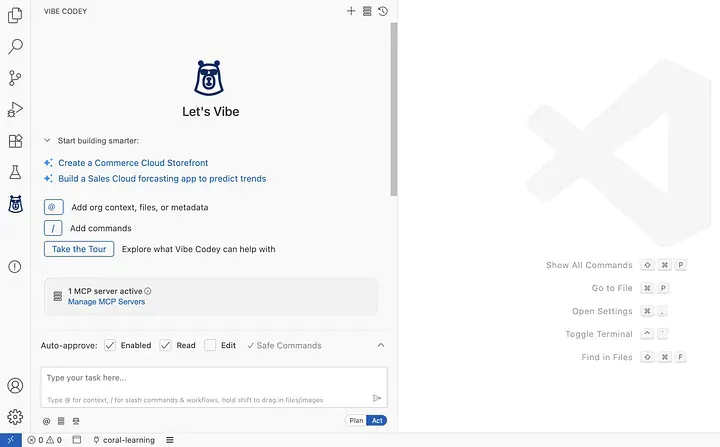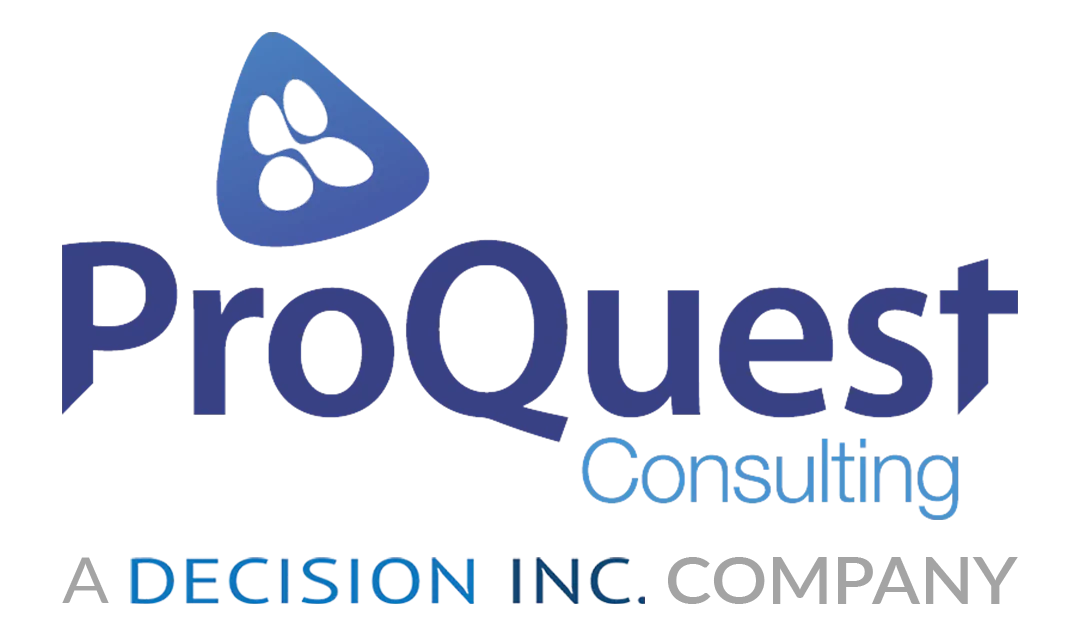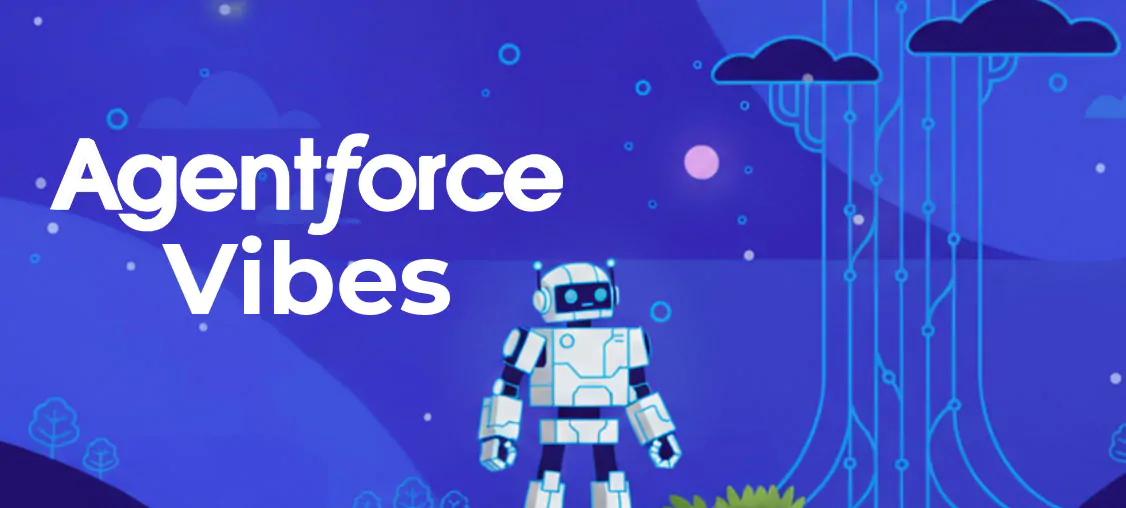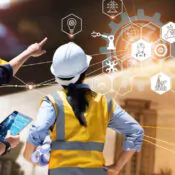What Is Vibe Coding?
What if building an app was as simple as describing it in plain English? No need to define the architecture, write endless lines of code, or worry about the technical details. You just explain what you want, and AI handles the heavy lifting. Vibe coding is here, and it is changing how people build software.
Instead of typing everything by hand, you start with an idea. You tell AI what you want in plain English, and it helps turn those thoughts into working code, prototypes, or full-blown apps.
The idea came from Andrej Karpathy, the former Tesla AI Director and one of OpenAI’s founding engineers. He called it “vibes over syntax”, focusing on creativity and intent while AI handles the details. Coding becomes a conversation. Humans lead the vision, AI accelerates execution, and together they build faster, smarter, and more imaginative solutions.
Why It Matters
Vibe coding is exciting because it changes who gets to build. It is not just for developers anymore. Consultants, analysts, and domain experts can now join in, turning business ideas into real solutions without waiting for someone else to code it all from scratch.
And the timing could not be better. AI is finally good enough to understand context, generate usable code, and adapt on the fly. At the same time, businesses need to move faster and innovate constantly. Vibe coding bridges that gap by combining human creativity with machine efficiency.
It is part of a bigger evolution in how we build:
- All code: Developers wrote everything by hand. Every button, every database field, every function, from backend to database, to UI.
- Low code: Visual builders (What you see is what you get (WYSIWYG)) and drag-and-drop tools made things faster, leaving developers to handle more complex requirements.
- Vibe coding: Now, all the code can be generated from a conversation about the outcome you want to achieve.
It is not about replacing developers. It is about freeing them up to do what they do best: solving real problems, designing smarter systems, and bringing ideas to life.
How We Got Here
Vibe coding did not happen overnight. It has evolved through a few big phases:
- The autocomplete days (2021 to 2023): tools like GitHub Copilot helped developers write faster.
- The chat era (2023 to 2024): AI assistants could explain, debug, and rewrite code.
- The agentic era (2024 to today): AI agents can now plan, test, and modify code across projects while humans stay in charge.
And now, Salesforce has joined the party with something big.
Enter Agentforce Vibes
Rather than rushing to join early experiments, Salesforce took its time to learn from others. Tools like Copilot and Cursor proved there was strong demand, but they also revealed enterprise gaps in governance, compliance, and scalability.
In October 2025, Salesforce launched Agentforce Vibes, its take on vibe coding for the enterprise. Many headlines called it “two years late” to the vibe coding trend, but by waiting, Salesforce was able to build a more mature system. In other words, Salesforce didn’t arrive late. It arrived ready.
Agentforce Vibes helps teams through every stage of software development: planning, building, testing, deploying, and monitoring. What sets it apart is the balance between AI speed and Salesforce’s trademark security and governance.
Agentforce Vibes can help teams:
- Turn ideas into working prototypes in minutes
- Build and test apps faster
- Fix common issues automatically
- Simplify complex code through natural conversations
- Keep everything compliant and secure
It also works hand in hand with Salesforce tools like Sandboxes, DevOps Center, and Code Analyzer, so developers can keep their usual setup, only faster and smarter.

The Future of Vibe Coding
Dreamforce 2025, may be over, but you can still explore vibe coding in action through on-demand workshops, demos, and hands-on sessions available online.
Let us be clear: vibe coding does not replace developers. It amplifies them.
AI can write, test, and optimise code, but it is people who bring strategy, judgment, and creativity. Even with tools like Agentforce Vibes, skilled professionals remain essential, relying on human oversight, context, and experience.
As these tools evolve, the most successful organisations will be those that combine human judgement, creativity, and empathy with AI’s speed and scale. That is the real future of coding, and it has only just begun. We at ProQuest are excited to be part of this revolution.












